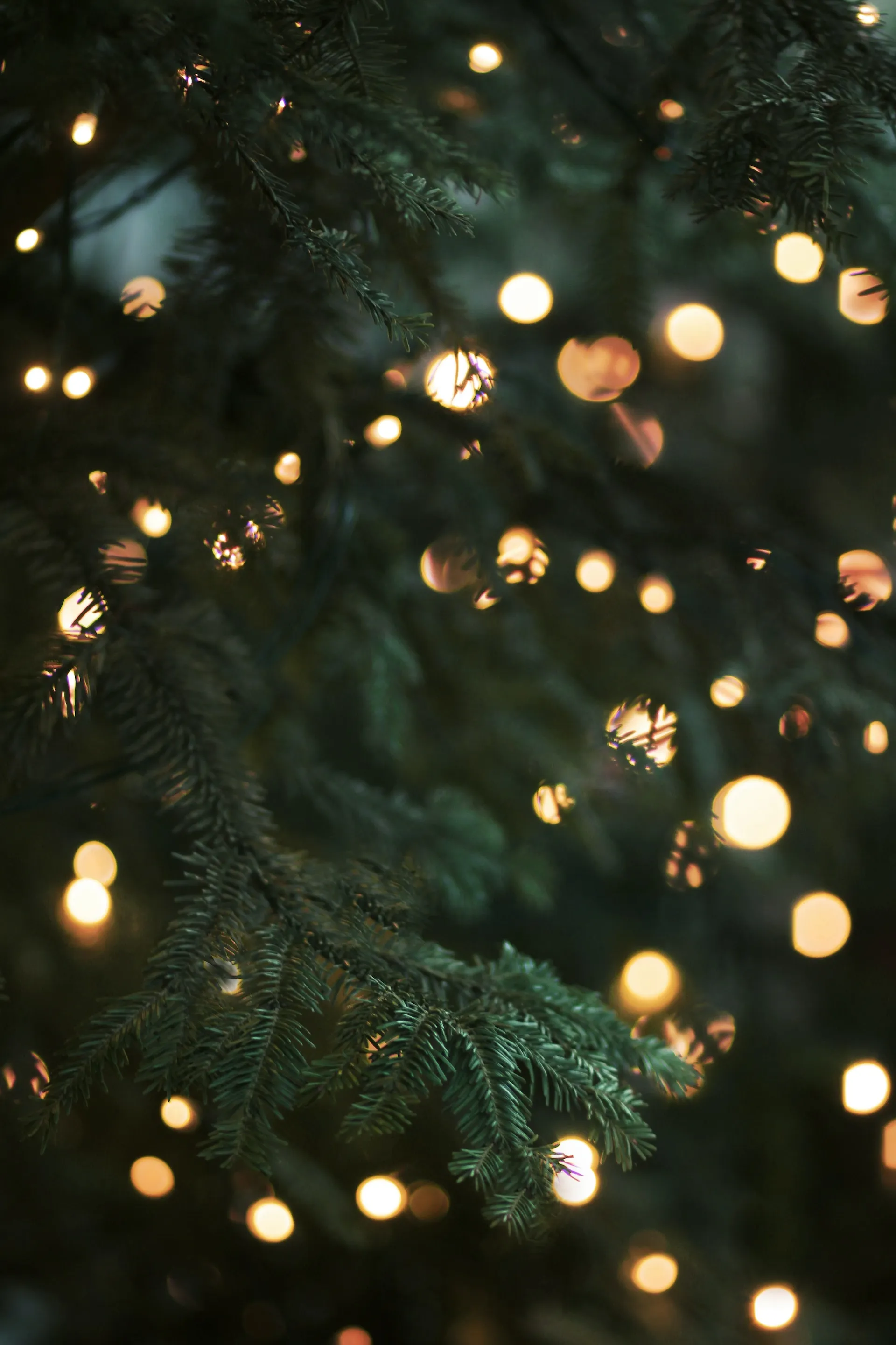Sustainable Christmas trees



Welcome to a time of joy, family, nostalgia, and of course, expenses. As we well know, Christmas and the holidays in December and January are the time of year when we spend the most, whether for trips, get-togethers and/or gifts. Gifts usually come in plastic packaging, and even if not, we wrap them in paper, put a bow on them and place them under the classic and often obligatory Christmas tree. Nowadays there are already several options for original gifts and in some way or another, more sustainable, natural or ecological. In the same way, instead of just buying a cut tree, using it and then throwing it away, the Christmas tree can become a more sustainable option.
When I was a little girl, I remember going to choose the Christmas tree with my parents. I loved it when the smell of pine filled the apartment with its Christmas scent. Over time, not only did I learn that Santa doesn't exist, I also learned that the pine we bought ended up in the trash just like any other household waste. That's why I loved learning about some alternatives to the typical cut and discarded tree:
This is a very popular option because instead of using a natural tree, you reuse the same plastic tree year after year. However, the problem with these is the environmental footprint of creating them: a plastic tree can have a footprint of 40 kg CO2. For it to be worth it, you have to use it for about 10 years. So, I hope you really liked the one you chose!
This remains a worrying option since eventually that plastic tree will be thrown away and these trees take approximately 200 to 300 years to degrade. Therefore, we better go with the alternatives below.
Buy that tree What smells delicious can be done almost guilt-free when it is given the right treatment after we use it. One of the options is to let it decompose, and if this happens, the carbon footprint is 3.5 kg CO2. If the tree is burned or converted to woodworking chips, its carbon footprint increases significantly to 16 kg CO2, so letting it decay is a better option. After it dries, can be used as compost for the garden which is a great option to give life with the death of that tree.
It is important to consider that when we buy a tree, which be from a nursery and not from uncontrolled logging in virgin forests. When it comes from a nursery we know that the tree was harvested for this purpose and its felling is controlled. The way to identify a tree that comes from a nursery is definitely not easy, however you can do it by seeing if there is a label on the bottom of the tree with the name of the authorized dealer and the care it should take. When felling is in virgin forests there is no control whatsoever and as long as we continue to buy those trees they will continue to be felled.
There is also the possibility of using a tree with its roots so that when the holiday season is over, it can be planted again and continues to grow. In the quest to end deforestation, companies have emerged that rent trees, leave them in your house in pots and pick them up in January. This is a great option because the tree will continue to grow and capture carbon from the atmosphere. Here are some companies that offer this dynamic:
- Greens
The last option we have for you is the most fun and easiest. You don't always have to buy or rent a tree, you can make one with materials that are already in your house and if you lack some, any market is your best friend. If you are like me, that crafts are not given to you, this proposal may sound complicated but once Check out some ideas, I hope you find the inspiration to create that alternative Christmas tree.
As you can see, there are several options to make your Christmas more sustainable and even more creative. You can make a tree with materials that are in your house, buy a natural one from a nursery and then compost it, buy an artificial one and use it for more than ten years or rent one in a pot to be replanted. The options we like the most in Toroto are to make your own tree or rent it in a pot. The environmental impact of making a tree with things you already have is minimal, while renting it so that it can continue to grow later benefits the tree and the planet. Whatever your Christmas tree, remember that the most important thing is the memories that are created around it (and the more environmentally friendly those memories, the better!).
References
https://www.carbontrust.com/news-and-events/news/the-carbon-trusts-top-christmas-tips
https://www.gob.mx/profeco/documentos/arboles-de-navidad-una-compra-al-natural?state=published
Explore reflections, research and field learning from our work in ecosystem restoration.